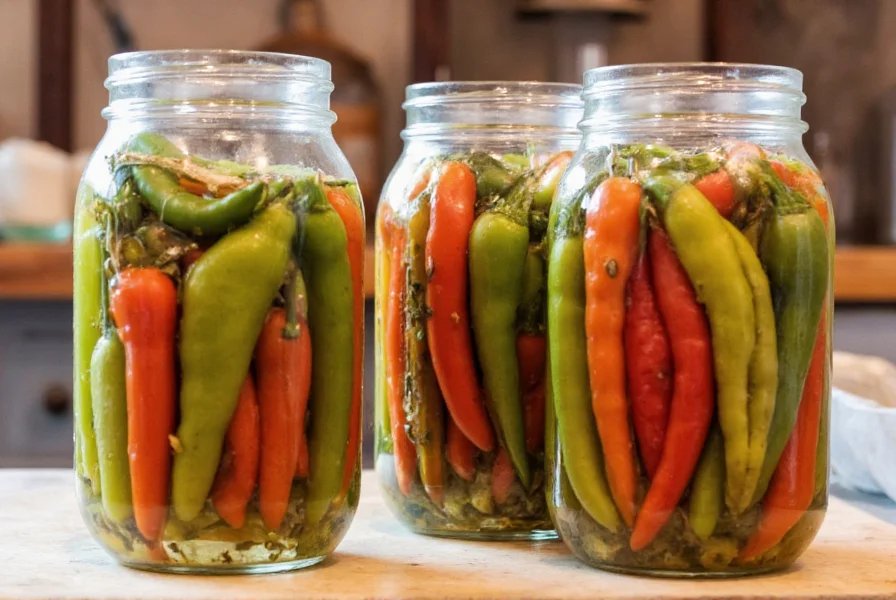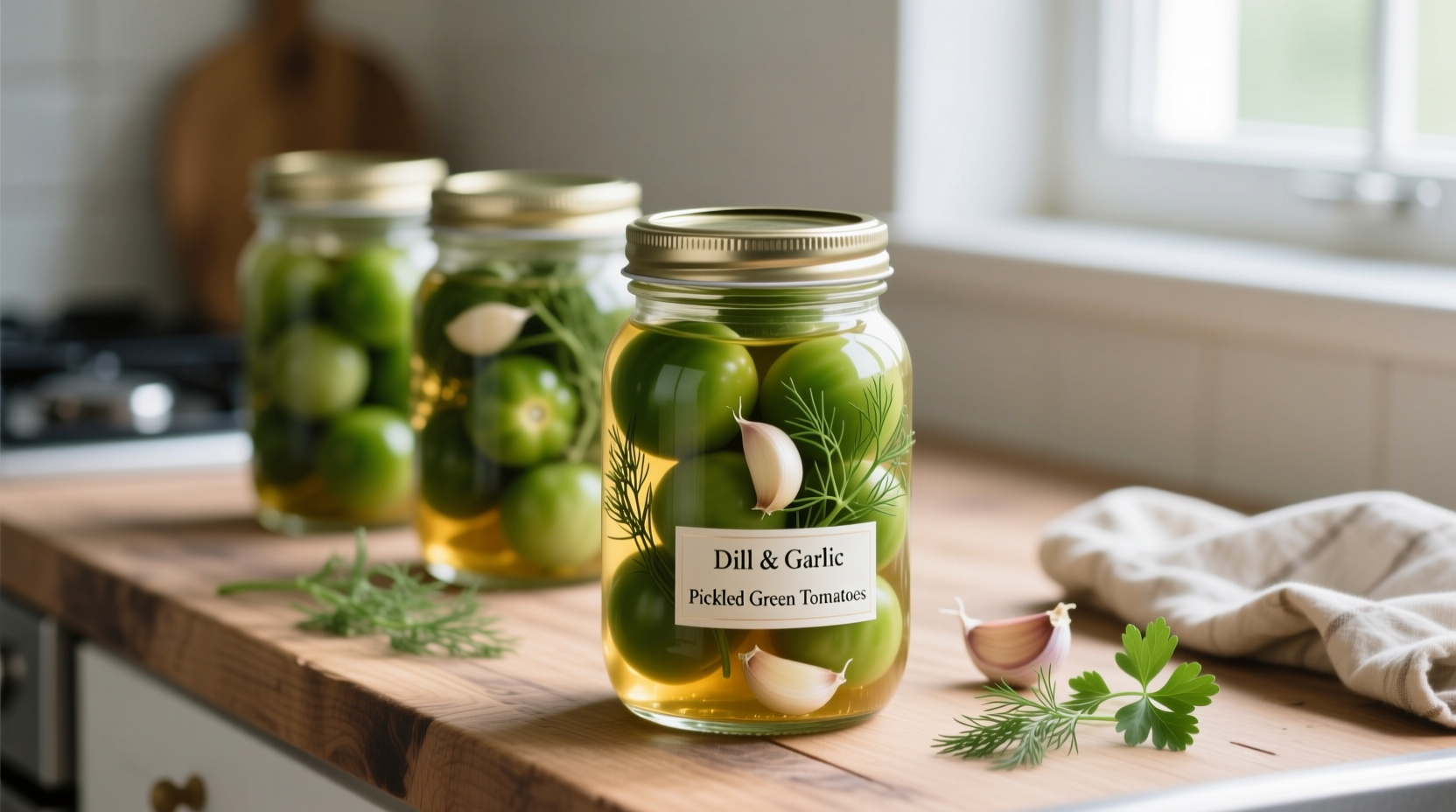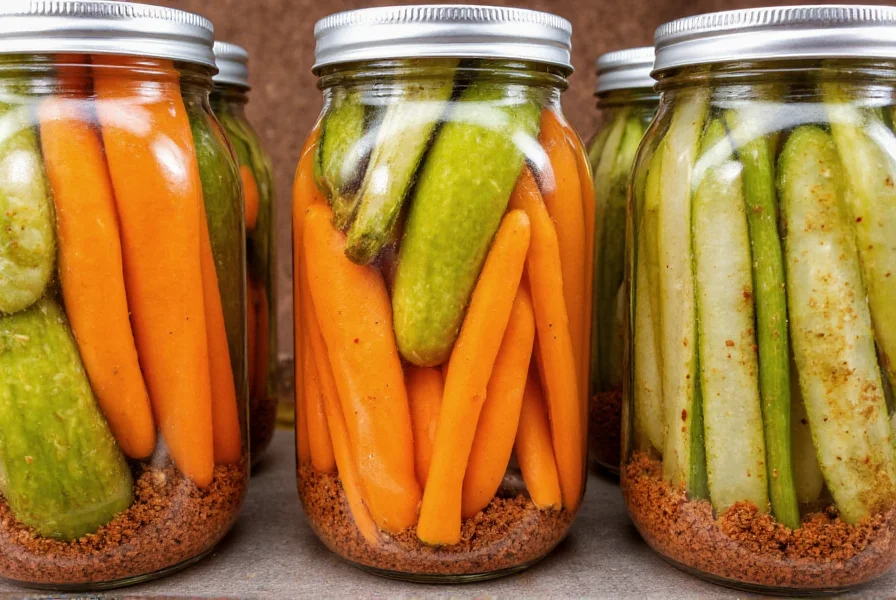Why Home Pickling Fails (And How Italian Tradition Fixes It)
Most failed attempts yield soggy vegetables or unsafe preserves because standard recipes ignore Italy's precise vinegar chemistry and curing timeline. When vegetables lose crunch within days or develop off-flavors, it's usually due to incorrect acidity levels or rushed preparation – problems solved by following regional Italian methods validated by food safety authorities.
What Makes Pickled Vegetables "Italian"
Unlike fermented pickles (like German sauerkraut), authentic Italian verdure sott'aceto use vinegar-based preservation with specific herb profiles. Northern regions favor rosemary and bay leaves, while Southern versions incorporate chili flakes. The critical distinction is the mandatory 5% acetic acid brine (pH ≤4.6) preventing botulism, as confirmed by the National Center for Home Food Preservation.

Step-by-Step Authentic Preparation
Follow this tested method from Serious Eats combining culinary tradition with food science:
- Sterilize jars in boiling water for 10 minutes
- Pack vegetables tightly with 2 garlic cloves, 1 rosemary sprig, and 1 bay leaf per pint jar
- Pour boiling brine (1 cup 5% vinegar, ½ cup water, ¼ cup sugar, 2 tsp salt, 1 tsp black pepper)
- Seal and cool, then refrigerate 14+ days before serving
| Vegetable | Slice Thickness | Curing Time | Texture Risk |
|---|---|---|---|
| Carrots | ¼ inch rounds | 3-4 weeks | Hard if under-cured |
| Bell Peppers | ½ inch strips | 2 weeks | Soggy if over-packed |
| Cauliflower | 1.5 inch florets | 3 weeks | Mushy if blanched |
When to Use (and Avoid) Italian Pickled Vegetables
Use for: Antipasto platters, sandwich condiments, or charcuterie boards where bright acidity cuts through rich meats. Ideal for make-ahead entertaining since flavors peak at 3 weeks.
Avoid when: Seeking probiotic benefits (vinegar pickling kills bacteria) or needing immediate results (minimum 14-day cure). Never substitute with <5% vinegar – the NCHFP confirms this creates botulism risk.

Quality Verification: Avoiding Costly Mistakes
Commercial products often hide poor quality with excessive sugar. Verify authenticity by:
- Checking vinegar concentration (must state "5% acetic acid" on label)
- Rejecting jars with cloudy brine (indicates bacterial growth)
- Ensuring vegetables maintain firm texture when pierced
As The Spruce Eats notes, authentic versions use no thickeners – the brine should be clear and pourable.
Everything You Need to Know
Properly refrigerated in sealed jars, they maintain quality for up to 6 months according to The Spruce Eats. Discard if brine clouds or vegetables soften unexpectedly.
Only if it's labeled 5% acetic acid. The National Center for Home Food Preservation requires this exact acidity to prevent botulism. Lower concentrations (<5%) create dangerous pH levels.
Over-packing jars restricts brine circulation, while blanching vegetables before pickling breaks down cell structure. As Serious Eats confirms, raw vegetables packed loosely with correct slice thickness (see table above) maintain crispness.
No – vinegar-based pickling kills live cultures. Fermented pickles (like sauerkraut) contain probiotics, but authentic verdure sott'aceto rely on vinegar preservation. This is a key distinction per Italian culinary tradition.
Carrots, cauliflower, and bell peppers form the "holy trinity" in Central/Northern Italy. Southern regions add celery stalks and green beans. Cucumbers are rare – as The Spruce Eats documents, they're more common in American "giardiniera" than authentic Italian preparations.











 浙公网安备
33010002000092号
浙公网安备
33010002000092号 浙B2-20120091-4
浙B2-20120091-4